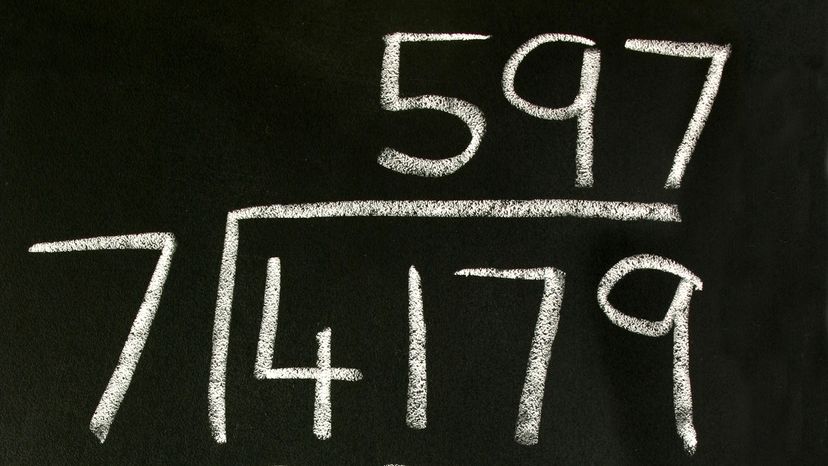Let's put our long division skills to the test with some word problems. Tackle these problems one step at a time, and don't rush. If you get stuck, pause and review the steps. Remember, practice makes perfect, and every problem is an opportunity to improve your long-division skills.
1. Emma has 672 pieces of candy to share equally among her 4 friends. How many pieces of candy does each friend get?
Solution: To find out, divide 672 by 4. Start with the first part of 672, which is 6, and see how many times 4 can fit into it. It fits 1 time, leaving us with 2. Bringing down the 7 turns it into 27, which 4 fits into 6 times, leaving us with 3. Finally, bringing down the 2 to join the remaining 3 makes 32, which 4 divides into 8 times. So, each friend gets 168 pieces of candy.
2. A teacher has 945 stickers to distribute equally in 5 of her classes. How many stickers does each class get?
Solution: We'll divide 945 by 5. Looking at 9 first, 5 goes into it 1 time. With 4 leftover, we bring down the 4 from 945 to get 44, which 5 divides into 8 times with another 4 leftover. Lastly, bringing down the 5 to the remaining 4 makes 45, which 5 divides into 9 times. Therefore, each class receives 189 stickers.
3. A library has 2,310 books to be placed equally on 6 shelves. How many books will each shelf contain?
Solution: Divide 2,310 by 6. Starting with 23, 6 goes into it 3 times with 5 leftover. After subtracting, we bring down the 1 to get 51, which 6 divides into 8 times with 3 leftover. Bringing down the 0 to the remaining 3 gives us 30, which 6 divides into 5 times. So, each shelf will have 385 books.
This article was updated in conjunction with AI technology, then fact-checked and edited by a HowStuffWorks editor.
